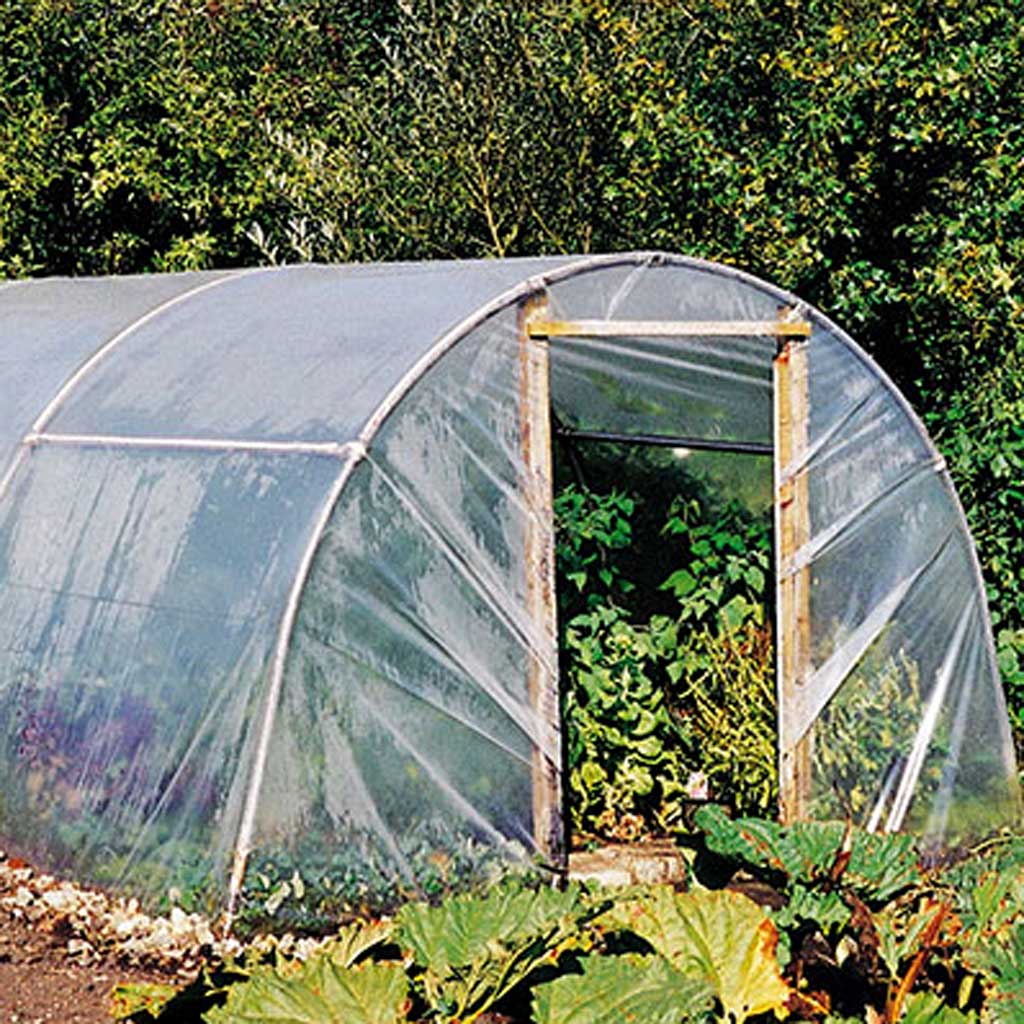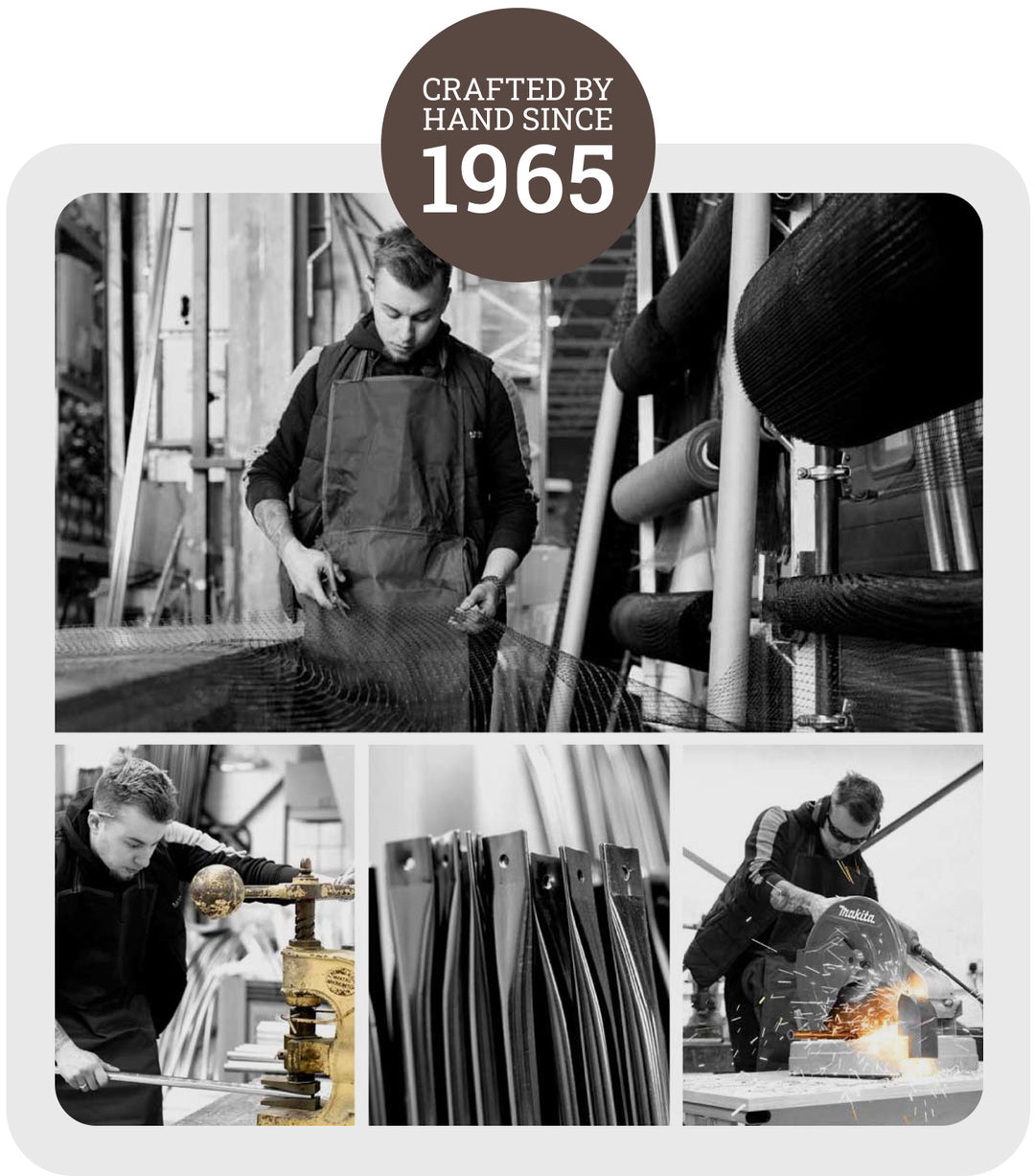Polytunnel- UV Block Polythene
KN-PT-UV-2X2.4M
We have combined our long experience making fruit cages with the proven design of large nursery polytunnels to produce a robust yet economical garden polytunnel.
Our polytunnels are supplied as a complete package consisting of steel frame with 0.75m ground tubes, polythene cover, anti hotspot tape, timber door frames each end, two hinged doors and full instructions.
STEEL FRAMEWORK
We use steel for the framework as this gives the strength required at an economical cost. The wind resistance of a polytunnel is much higher than a fruit cage. We heavily galvanise the inside and the outside of the tubing to give it a long life.
The main framework is 25mm (1 inch) diameter and the foundation tubes are 32mm (1¼ inches) with a polythene retensioning system.
The hoops are in two sections joined at the top and are spaced at 1.2m (4 feet) intervals, connected by tubes along the ridge. The four corners also have brace bars at a height of about 0.9m (3ft).
UV BLOCKING POLYTHENE COVER
Our standard cover is a very advanced 150 micron, 3 layer polythene with UVI inhibitors giving a life expectancy of at least 7 years. This option has upgraded 180 micron UV blocking polythene which has all the properties of our standard film but also blocks ultraviolet light. The major advantage of this is for organic growers because it reduces Botrytis, Mildew and Aphids thus avoiding the need for chemical control. It looks slightly opaque but light transmission is 89%.
19mm wide anti-hotspot tape is provided to stick onto the outside edge of the frame which insulates the polythene from the steel tubing to give more even polythene wear, and extend the life.
DOOR OPENINGS
Tanalised 5th grade Scandinavian timber posts are supplied for each end of the frame and the polythene cover is attached to these. Two hinged doors are supplied with each polytunnel. They are made from 22mm diameter galvanised steel with stainless steel hinges. They are 0.99m wide and 1.83m high.










